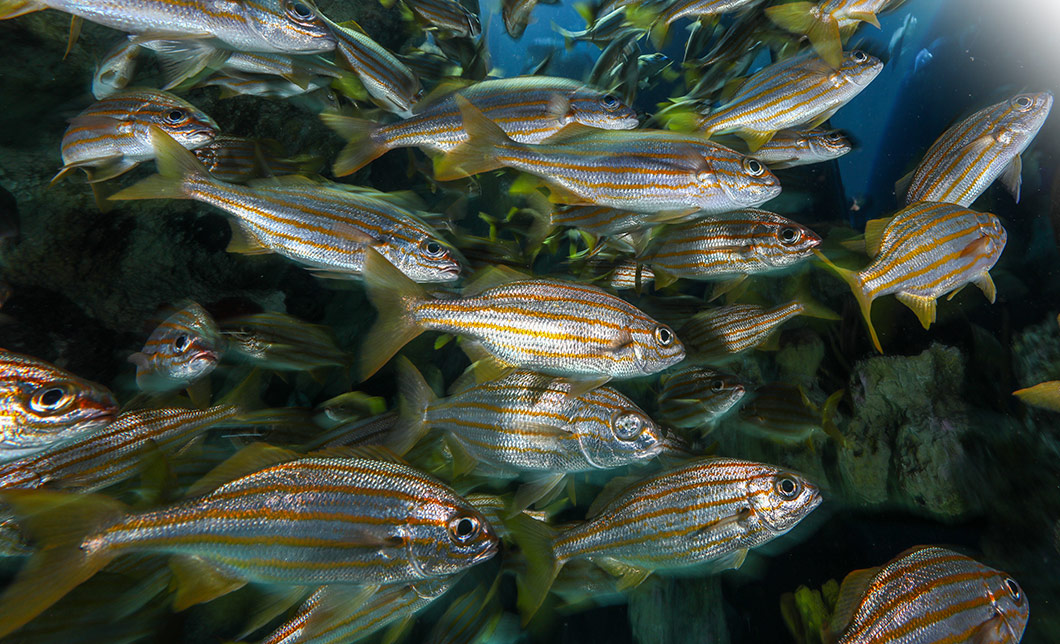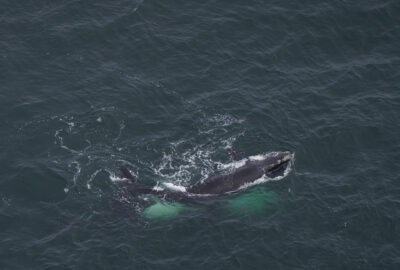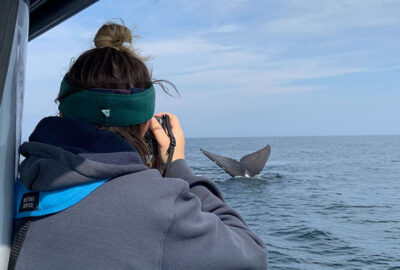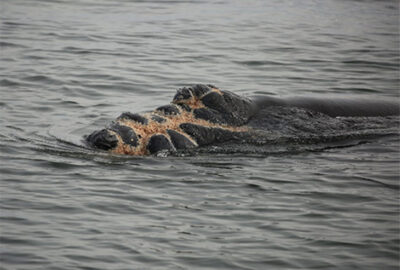Meet the newest North Atlantic Right Whale Mother and Calf Pairs
Eighteen new calves and their mothers have been documented this year
By New England Aquarium on Sunday, February 14, 2021

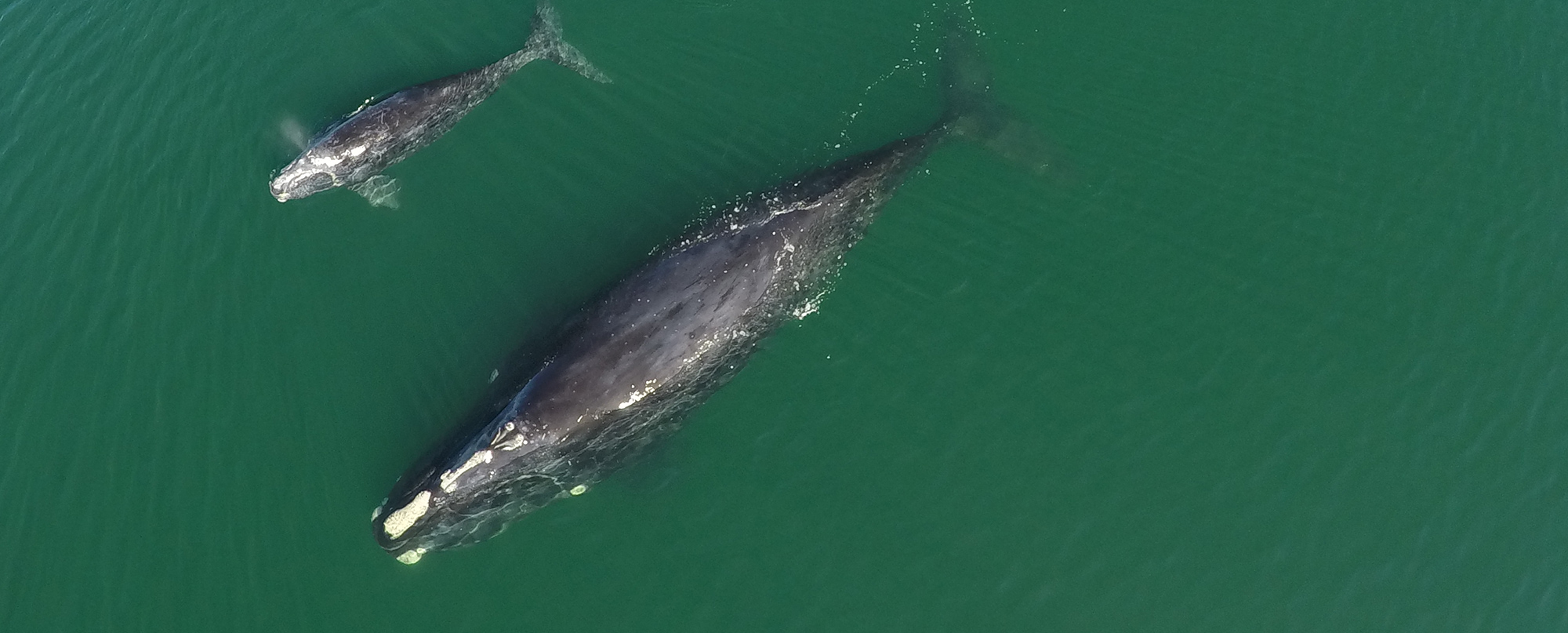
(Updated June 3, 2021)
December through March is calving season for North Atlantic right whales. Expectant mother whales gather in the warmer waters of the Southeastern United States to give birth.
This year has been special for the critically endangered right whales because of the number of calves and first-time mothers. So far, 18 new calves and their mothers have been documented through a collaborative effort of aerial survey and vessel biopsy teams from the Clearwater Marine Aquarium Research Institute (CMARI), Florida Fish and Wildlife Conservation Commission (FWC), Georgia Department of Natural Resources (GDNR), and NOAA Fisheries.
These aerial teams work long hours during the calving season to search for and document right whales and their calves, and alert vessel traffic to the presence of whales so they can reduce speed and avoid the area. A vessel team works to collect skin and blubber biopsy samples for the genetic database. Because of the biopsy team’s efforts, every single calf this year has been sampled, providing crucial information for future identification. In addition to these teams, a network of volunteers with the Marine Resources Council (MRC) and Marineland Right Whale Project keep an eye out for right whales from the shores.
Many of these whales are first-time mothers, and almost half of the repeat mothers are giving birth for the first time in almost a decade. This is encouraging because the likelihood of calving decreases as these whales face continuing threats from human activities and shifting food resources. If these reproductive females are healthy enough to have offspring, there is reason to hope that the health of other individual right whales is also improving.
Right whales can begin calving at age 6, but many do not start until about age 10. Right whales continue to give birth throughout their lives. One spectacular great-grandmother, Baldy (#1240), gave birth to her eighth calf the same year as her granddaughter, Boomerang (#2503), gave birth to her second! Mothers take a minimum of three years between each calf. This resting time between births has gotten longer over the years, and mothers this season have averaged eight years since their last calf.
Even though right whales can reach 100 years old, most only live to be about 45—half of their lifespan—due to threats from humans such as fishing gear entanglements and vessel strikes. Only half of female right whales live long enough to reach adulthood. As a result, the population is dwindling and stands at an estimated 356 whales.
This calving season marks the highest number of first-time mothers since 2013. Even though the number of births this year is not enough to sustain the population, these new calves and mothers are worth celebrating.
The New England Aquarium’s Anderson Cabot Center for Ocean Life manages the North Atlantic Right Whale Catalog, a digital database and photo identification system that allows researchers to track whales by associating them with a four-digit code. Right whales are primarily identified by unique, permanent markings called callosities. These callosities are like the calluses, rough patches of skin, you might get on your hands and feet. The callosity patches show up lighter than the whale’s all black skin due to aggregations of white whale lice, making the individual’s unique pattern discernible and therefore identifiable.
Meet this year’s moms and calves below, beginning with the most recently spotted whales. New pairs will be added here as they are spotted.
#3232 “Lobster”
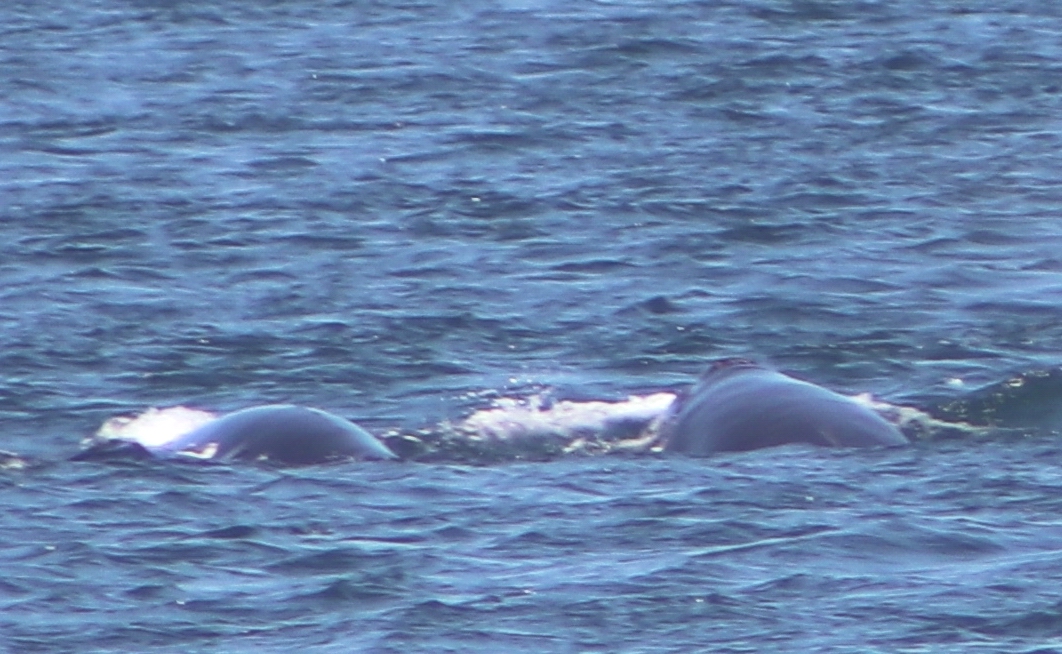
#3232 Lobster and calf were sighted off Brier Island moving back and forth through Grand Passage in Nova Scotia on May 20, 2021. Lobster was born in 2002 to mother “Catspaw” (#1632) and gave birth to her first calf in 2015 at the age of 13. While right whale mother/calf pairs are usually first detected off the coast of the southeastern U.S. where most calves are born, Lobster joins a dozen or so mothers who were first detected with a calf north of the known calving area.
#3593 (unnamed)
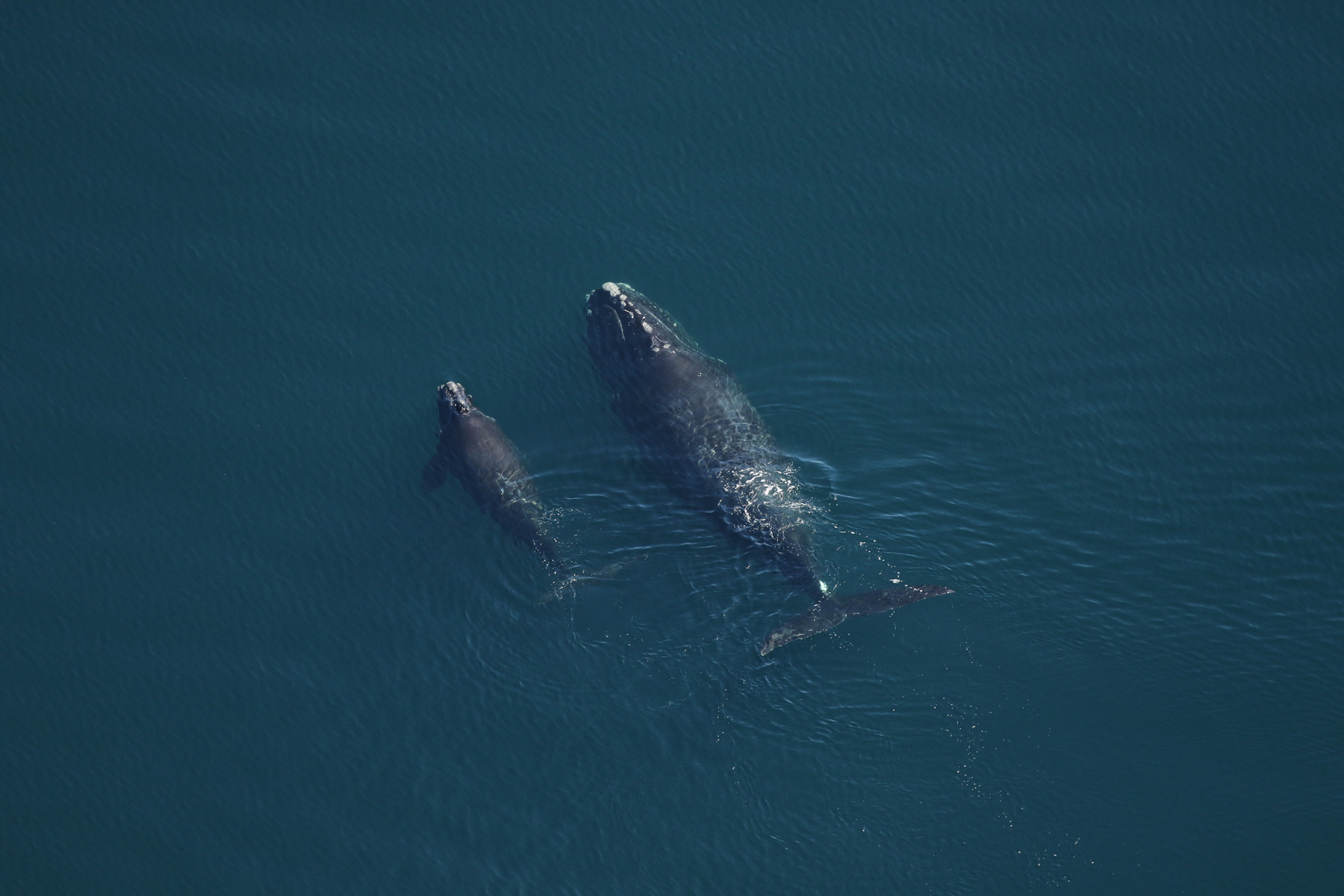
Catalog #3593 was spotted off of Lea-Hutaff Island, NC, with the 17th identified mom of the season on March 11, 2021. This elusive whale has only been seen eight times since her first sighting in 2005. Five of those eight sightings were off the coast of Florida in February 2005. She was last seen in 2015. Until now, scientists did not know the sex of this whale. Because she has only been seen during aerial surveys, scientists could not get close enough to collect a genetic sample or visually confirm her sex. Now that she has been spotted with a calf, it can be assumed she is a female. Her age is still unknown.
#3020 “Giza”

Right whale catalog #3020 Giza and calf were sighted 26 nautical miles east of the St. Johns River Entrance in Florida on March 04, 2021. Giza had been sighted in the Southeast U.S. calving grounds earlier this winter, but this is her first sighting with a calf. The calf appears to be just weeks old. Catalog #3020 is at least 21 years old and this is her third calf. She last gave birth 10 years ago in 2011.
#2460 “Monarch”

Monarch was first seen in 1994. This is her fourth calf, and it’s been 11 years since her last one. Her first calf is #3420 also known as “Playpus” and she had her first calf in 2015, but we don’t think that calf survived. Monarch’s second calf #3710 died when he was two years old. Monarch’s third calf, #4070, is a male and is still alive.
Monarch and her calf were first sighted Feb. 12, 2021, off Vilano Beach, FL.
#3904 “Champagne”
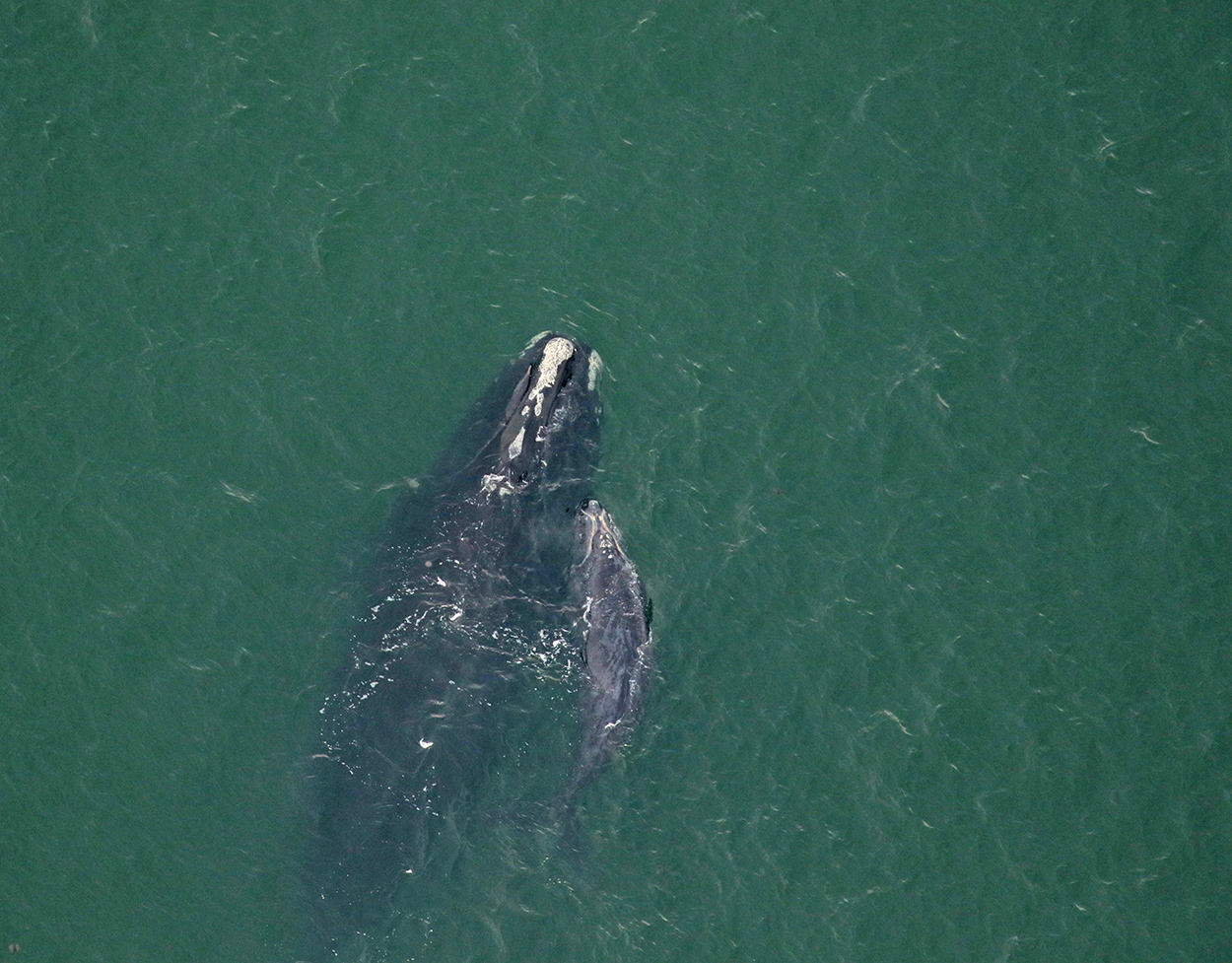
Twelve-year-old Champagne is the only known female calf of Catalog #1204, although #1204 has had eight other calves. This is Champagne’s first calf! The pair were first seen on Jan. 21, 2021, off Amelia Island, FL, by the Clearwater Marine Aquarium Research Institute(CMARI) survey team.
#3720 (unnamed)
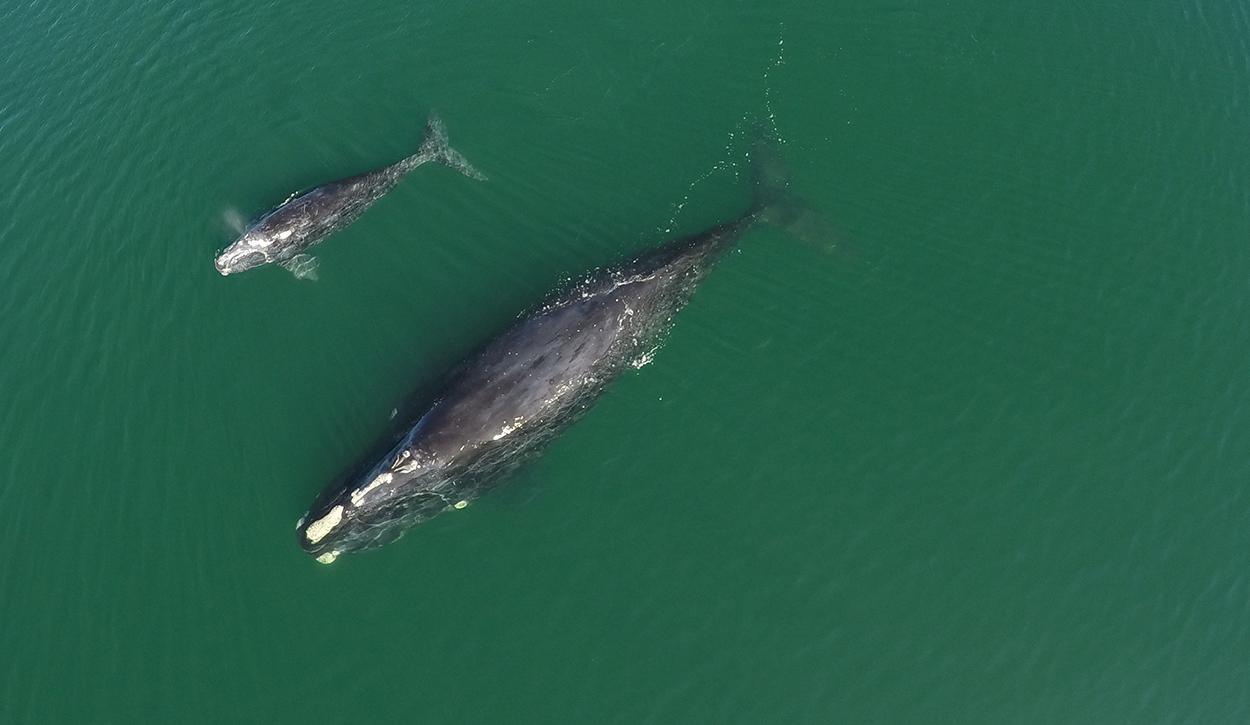
First-time mother Catalog #3720 is 14 years-old and the oldest daughter of Mantis (#1620). She is the first of her sisters to give birth. She was first seen with her new calf on Jan. 19, 2021, off Wassaw Island, GA, by the CMARI survey team.
#3230 “Infinity”
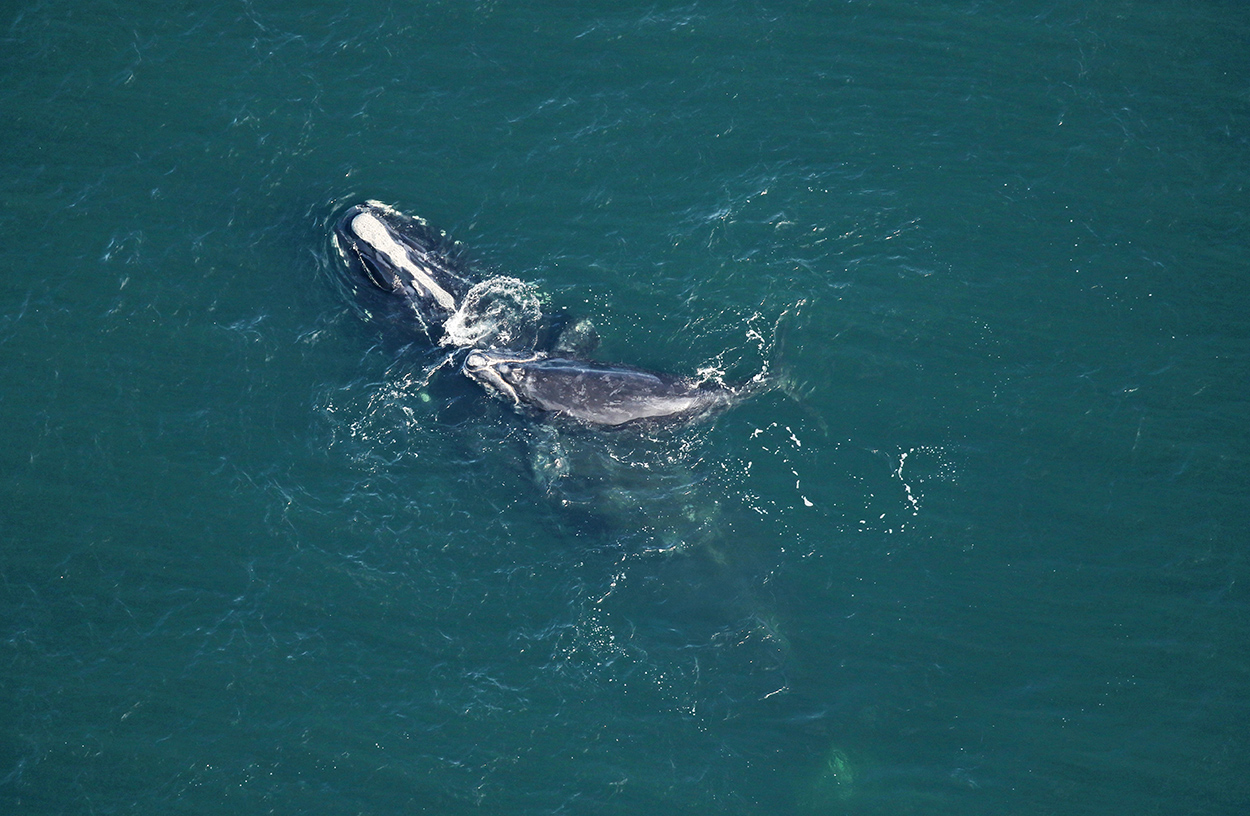
First-time mother Infinity is 19 years-old and the oldest daughter of Naevus (#2040). All three of Naevus’ daughters gave birth this winter: Infinity, Millipede (#3520), and Bocce (#3860)! Naevus is the daughter of Wart (#1140), who is famous for her sprawling family tree. Wart has seven calves, 13 grand-calves, and nine great-grand-calves. There are approximately 766 dead and alive whales in the North Atlantic Right Whale Catalog, and almost 30 are directly related to Wart. This shows how important reproductive female whales are to increasing the whale population.
Infinity was first seen with her new calf on Jan. 17, 2021, off Amelia Island, FL, by the Florida Fish and Wildlife Conservation Commission (FWC) survey team. Sadly, NOAA reports a dead calf stranded on Feb. 13 along the Florida coast is Infinity’s calf. This calf had wounds consistent with a vessel strike. While Infinity has been seen since, she has fresh propeller cuts as well.
#3860 “Bocce”
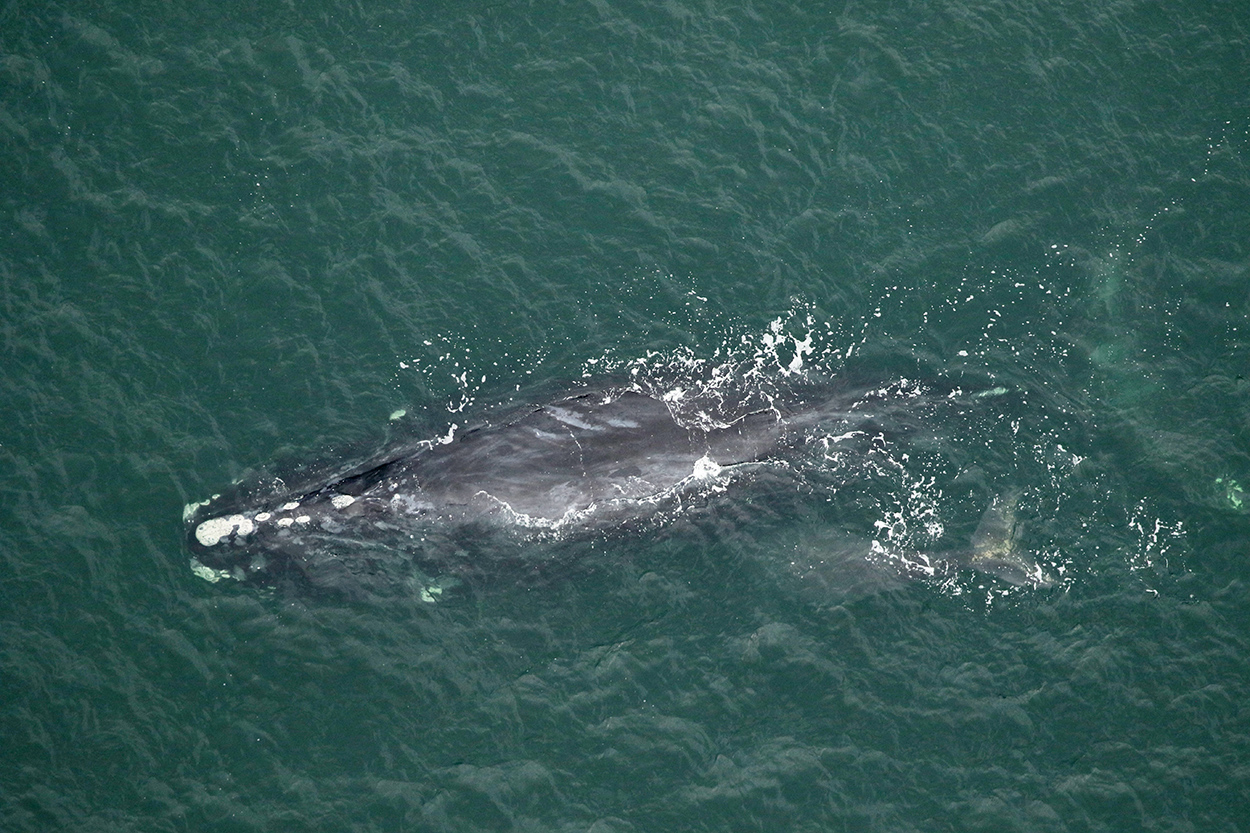
Thirteen-year-old Bocce, Infinity and Millipede’s sister, gave birth to her second calf this year. It is presumed that her first calf, born in 2016, passed away. However, this mom adopted the calf of another whale (#3115) that season, nursed it, and raised it as her own. The adopted whale (#4615) is now five years old. Bocce was first seen with her new calf on Jan. 13, 2021, off Amelia Island, FL, by the FWC survey team.
#3130 (unnamed)
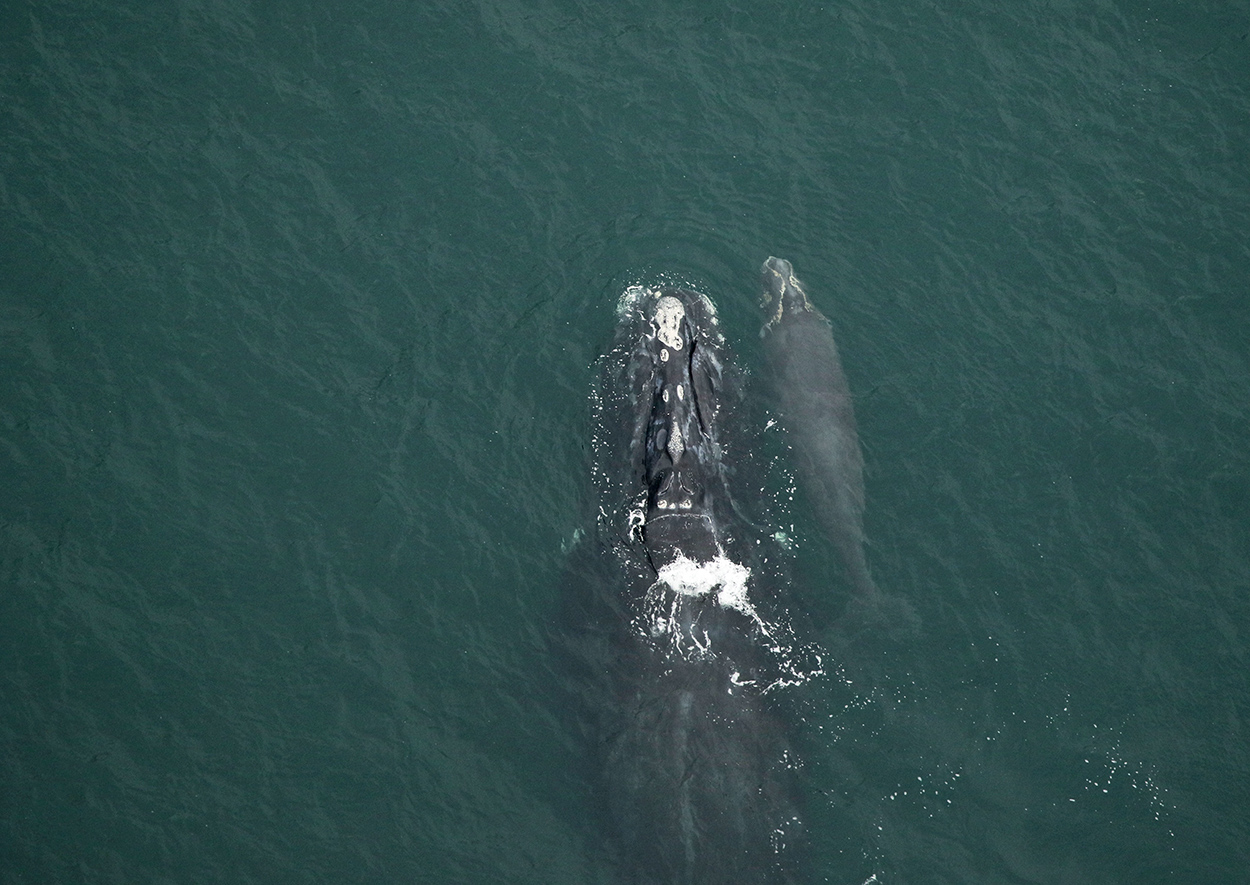
It has been 10 years since 20-year-old Catalog #3130 last gave birth. This is her third calf, along with Catalog #3810 and #4191. She was first seen with her new calf on Jan. 13, 2021, off Amelia Island, FL, by the FWC survey team.
#1145 “Grand Teton”
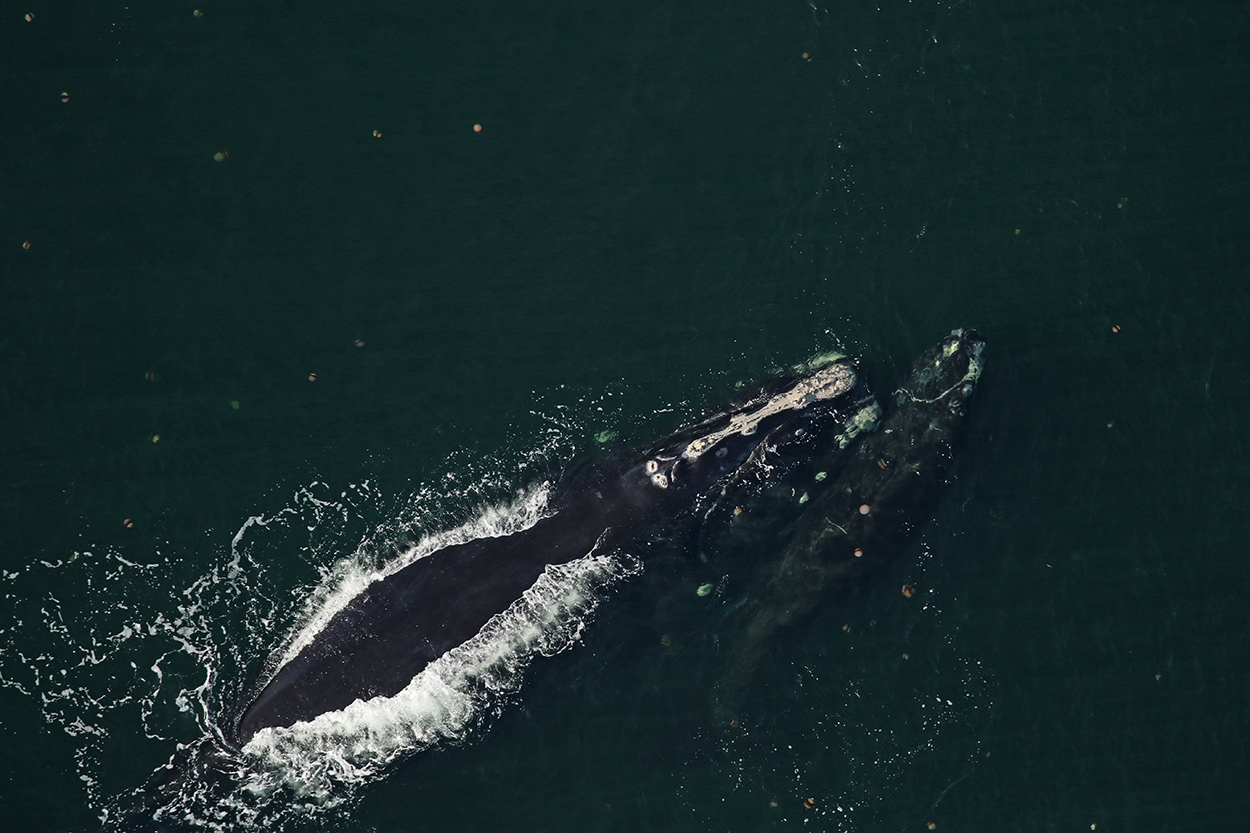
After an 11-year break, Grand Teton had her eighth known calf. Though her exact age is unknown, she was first seen in 1981 with a calf, so she is at least 44 years-old.
She was first seen with her new calf on Jan. 11, 2021, off Ponte Vedra Beach, FL, by the FWC survey team.
#2420 (unnamed)
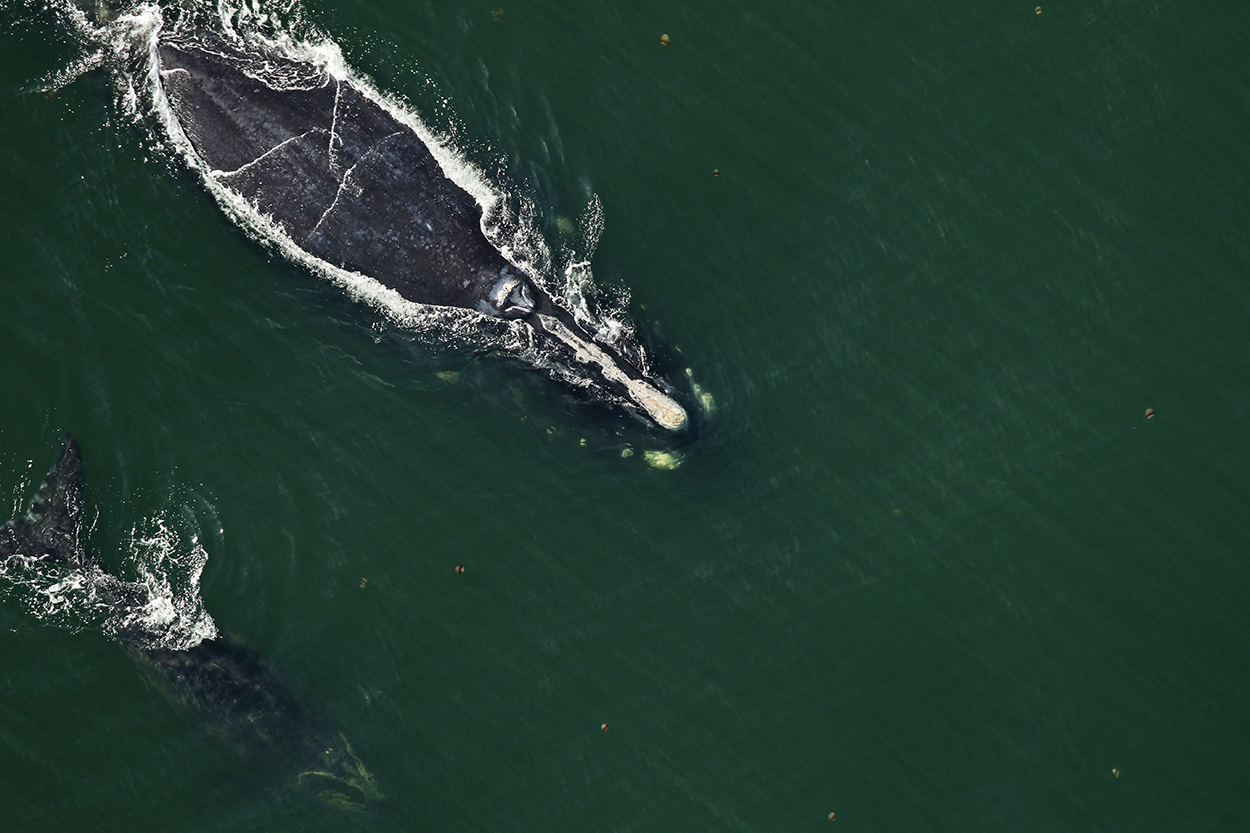
It has been 10 years since Catalog #2420’s last calf was born. Of her four previous calves, only one has survived (#4120). The other three have not been seen in many years and are presumed dead. She was with a calf when she was first seen in 1994, and is at least 31 years old. She was first seen with her newest calf on Jan. 11, 2021, off Ponte Vedra Beach, FL, by the FWC survey team.
3010 “Binary”
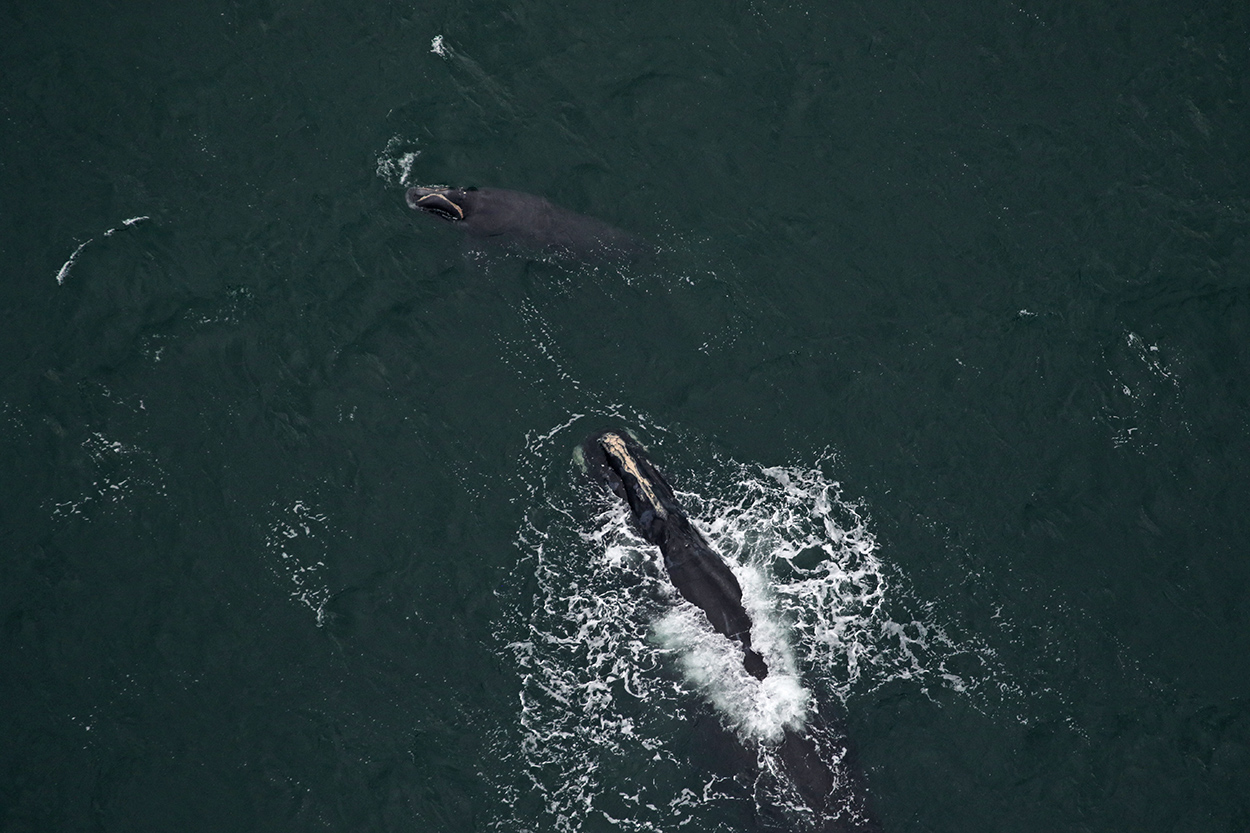
This is 21-year-old Binary’s third calf (#3510 and #4110 came first). It’s been 10 years since her second calf (#4110) was born. #4110 hasn’t been seen since 2012 and is presumed dead. She was first seen with her new calf on Jan. 9, 2021, off Amelia Island, FL, by the CMARI survey team.
2430 “Minus One”
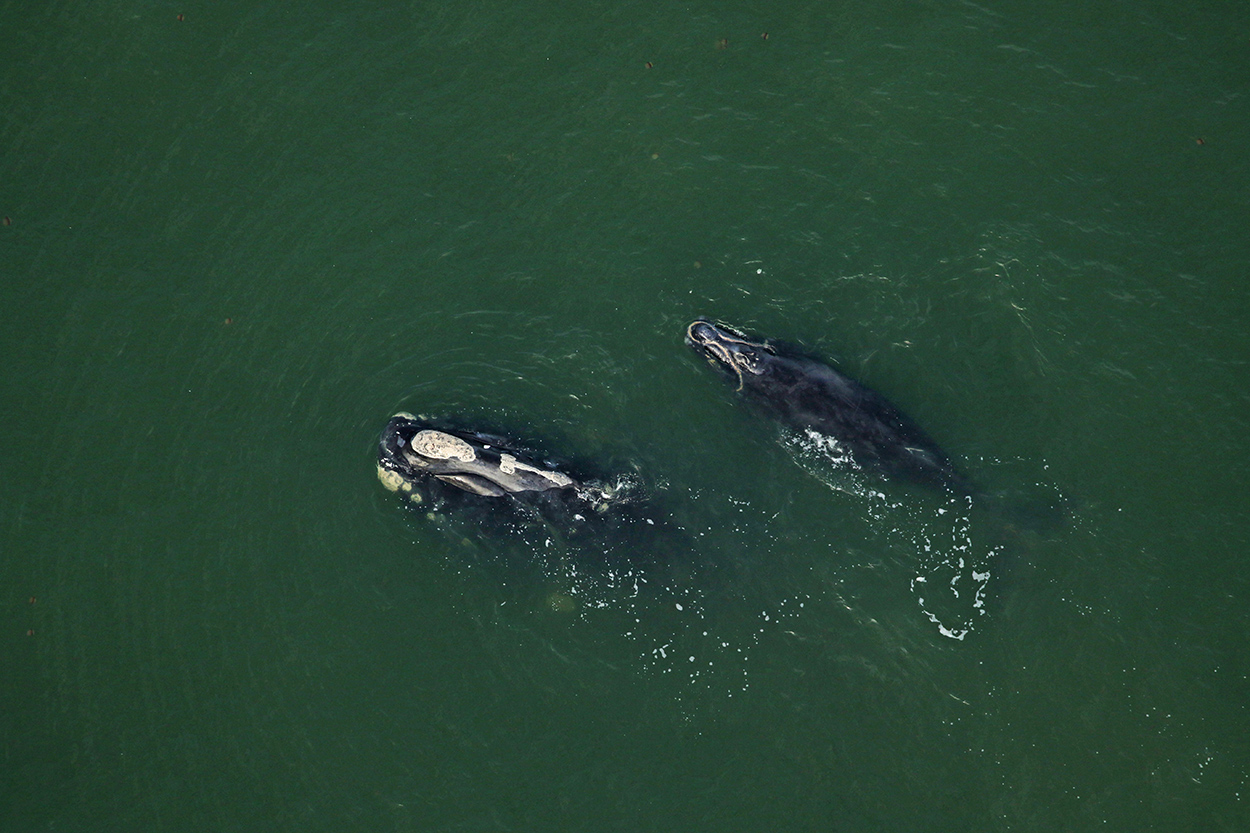
While most whales in the North Atlantic Right Whale Catalog are photographed and documented from the air or on the water, Minus One and her third calf were so close to the beach that they were spotted from shore! It has been 11 years since 27-year-old Minus One had her last calf (#4030). She was first seen with her new calf on Jan. 8, 2021, right off Ponte Vedra Beach, FL, by a FWC survey team member onshore.
#1243 “Magic”
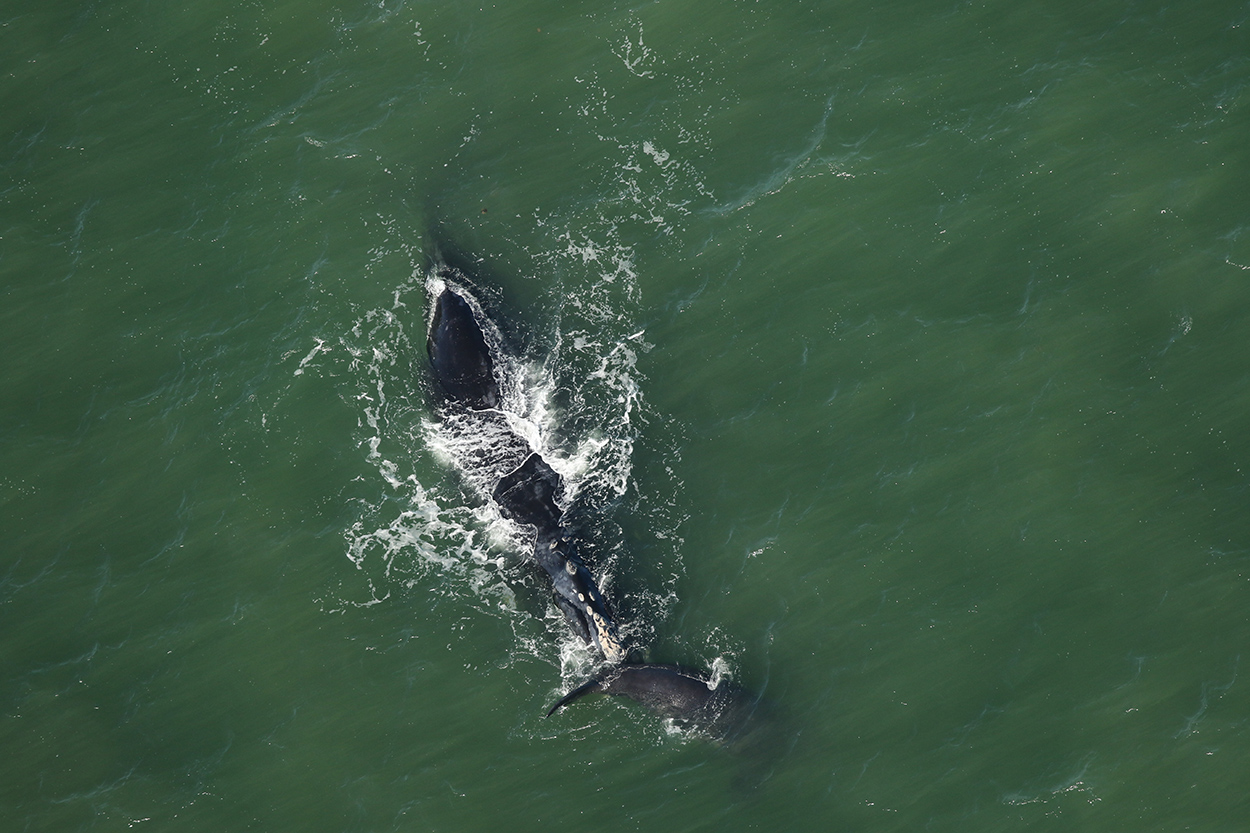
A real trend-setter, Magic was the first to have a calf this season as a member of the group of moms who took a 10+ year break from giving birth. This is her seventh calf. Her sixth calf (#4143) was born in 2011. Thirty-nine-year-old Magic was first seen with her new calf on Jan. 4, 2021, off St. Andrew Sound, GA, by the FWC survey team.
#2413 “Nauset”
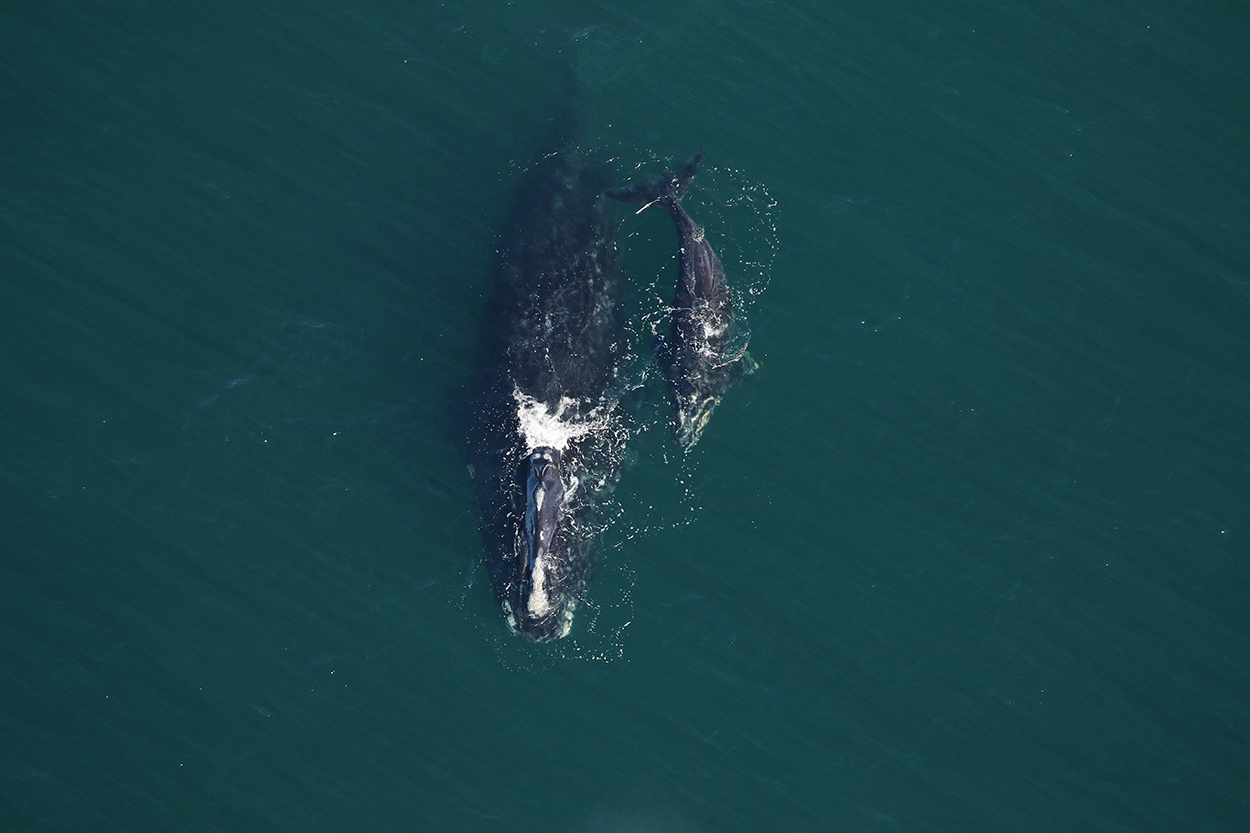
This is 27-year-old Nauset’s fourth calf, breaking an eight-year streak without a birth. She was a grandmother for a short time, after her daughter (#3513) gave birth in 2013. That calf, unfortunately, has not been seen since. Nauset was first seen with her newest calf on Dec. 28, 2020, off Sapelo Island, GA, by the CMARI survey team.
#3942 (unnamed)
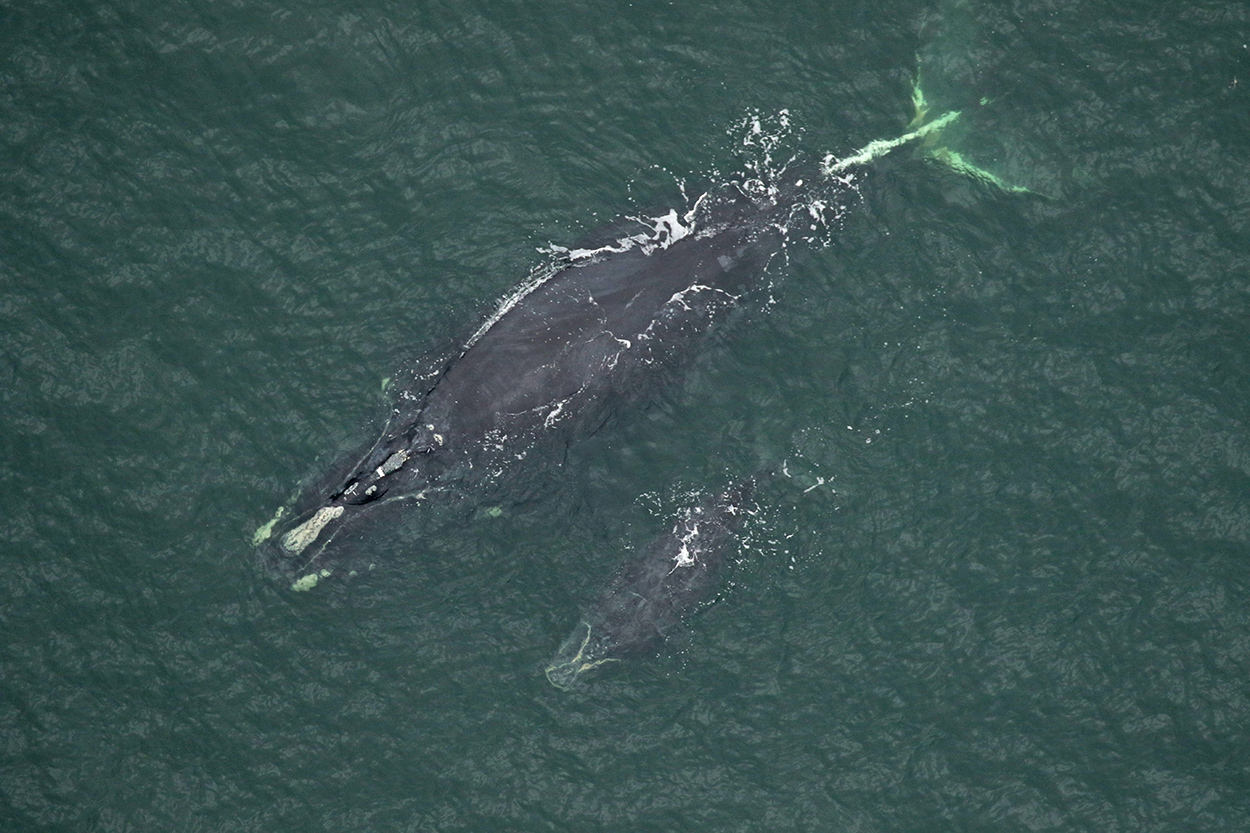
First-time mother Catalog #3942 is 12 years-old and the youngest calf of Kleenex (#1142), who has successfully raised five adult females who went on to have five more female offspring. Kleenex was last seen with a life-threatening entanglement in 2018. Catalog #3942 also shows human-caused injury, including scars on her head, peduncle (where the tail connects to the body), and tail from a severe entanglement she survived as a juvenile.
Catalog #3942 was first seen with this new calf on Dec. 11, 2020, off Hilton Head, SC, by members of the public. She was documented by a survey team (CMARI) on Jan. 04, 2021, approximately 15 nautical miles East of St. Catherine’s Island, GA.
#3520 “Millipede”
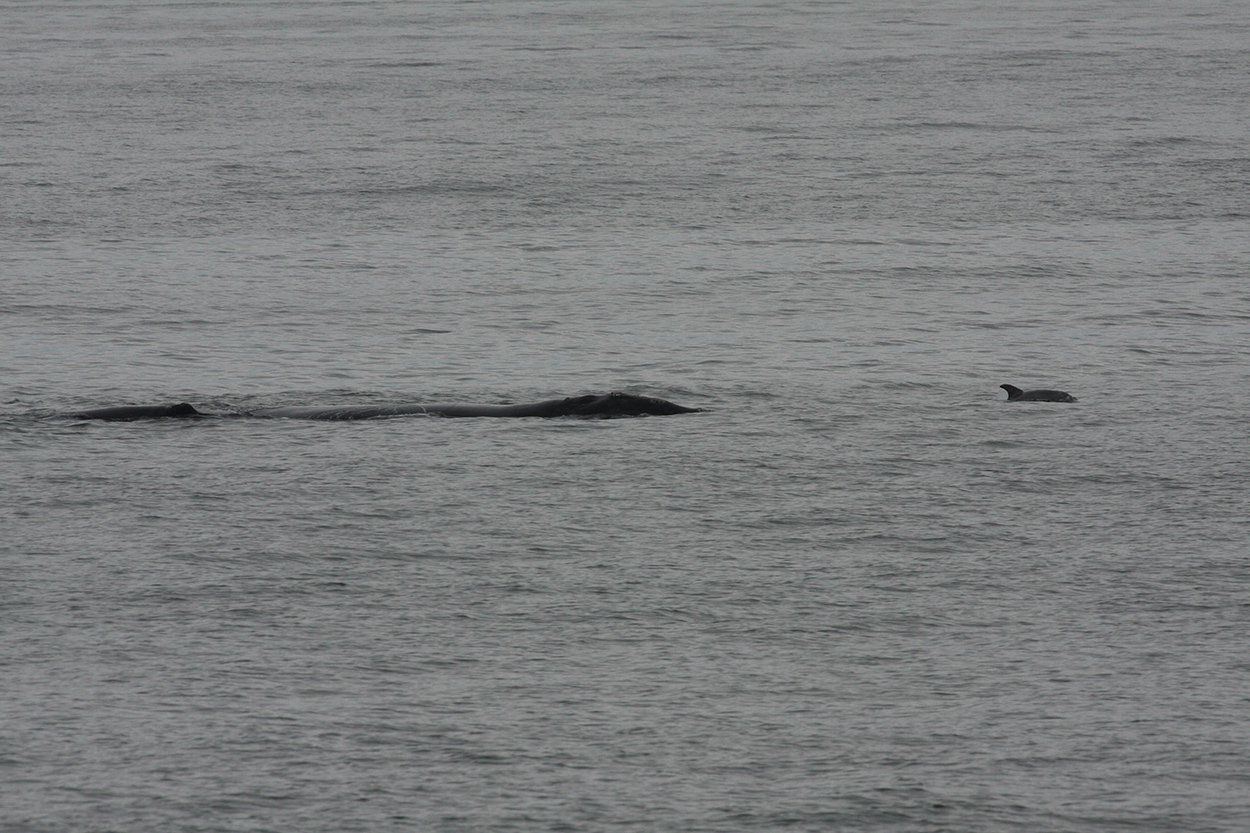
Sixteen-year-old Millipede and her calf were so close to the beach, that they were seen by people on the shore! This is her second calf. Her first calf was born in 2013 but has not been seen since and is presumed dead. Millipede celebrates her newest birth alongside both of her sisters, Infinity and Bocce, who both gave birth this year. She was first seen with her new calf on Dec. 6, 2020, right off Vilano Beach, FL, by a FWC survey team member.
#4040 “Chiminea”
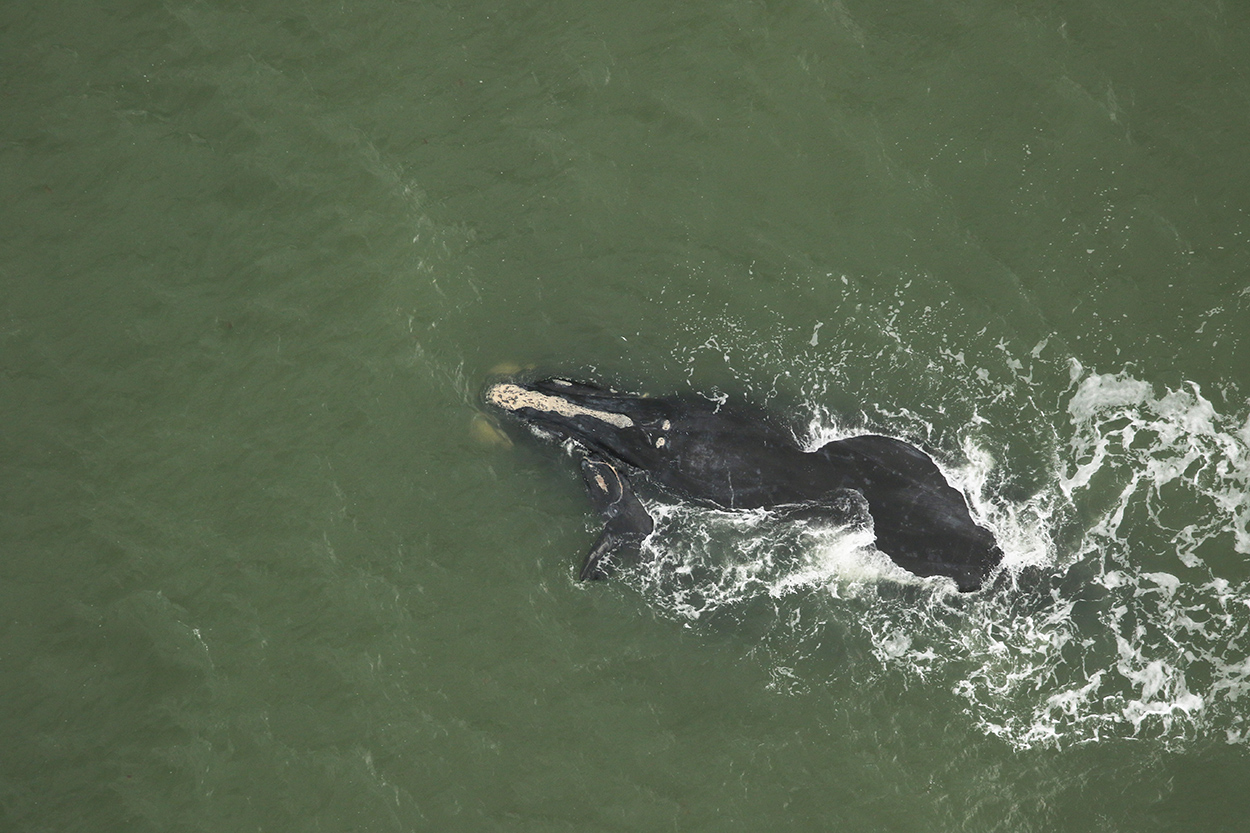
There are a lot of firsts for Chiminea this year. She is the first recorded mother of the season and this was her first calf. Born in 2008, she is the youngest daughter of Catalog #1308, who has produced three adult female calves. One of those calves, Chiminea’s sister Snow Cone (#3560), captured attention last winter when she took her first calf to the Gulf of Mexico. Sadly, that male calf later died from a vessel strike off New Jersey.
Chiminea was first seen with her first calf on Dec. 4, 2020, off Cumberland Island, GA, by the CMARI survey team.
For 40 years, the Aquarium’s Right Whale Research Program has extensively studied this critically endangered species. Using the North Atlantic Right Whale Catalog, researchers have discovered threats that are negatively affecting the population and require urgent attention. Seeking solutions, the team and our colleagues collaborate with fishermen on new techniques to reduce deadly entanglements in fishing gear, facilitate communication across the shipping industry to reduce vessel strikes, and work with lawmakers locally, nationally, and internationally to lobby for protections for whales. There is an estimated population of just over 350 North Atlantic right whales.

